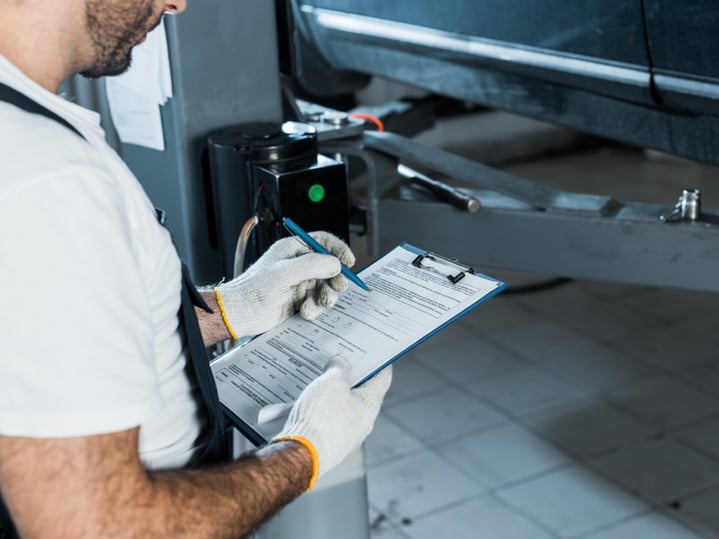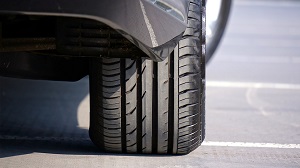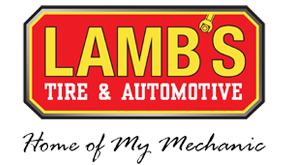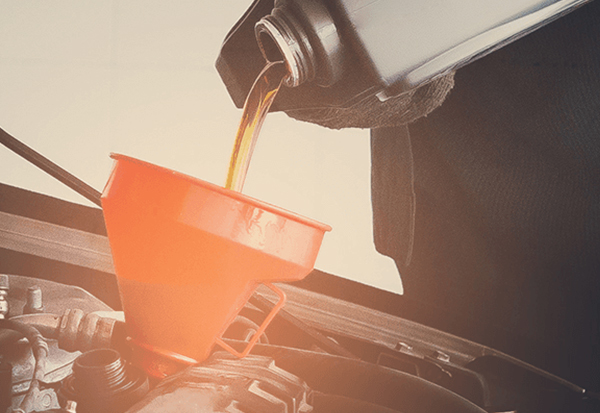What to Expect at Your Yearly TX Car Inspection

If you live in Texas, your vehicle must pass an annual car inspection in order for you to drive legally. When it comes to being a driver in Texas, It is an unavoidable part of life. At that, the inspection renewal date is the same as the annual vehicle registration date. So, in order to renew your vehicle’s registration every year, you must first pass the annual state inspection.
These inspections are conducted to help keep everyone safe and ensure that every vehicle is fit to drive on the roads. Another benefit to the annual vehicle inspection is that it allows minor issues to be detected early. That way, you can have them repaired before they become much bigger and more costly problems.
If you’re new to this inspection routine and are wondering what to expect when you take your vehicle in for testing, we’ve got you covered. Below are a few critical things you need to know about the annual car inspection:
There Are Two Types of Inspection Tests
 No matter what county you are in, every vehicle that is driven in the state of Texas must pass the annual safety inspection. But, 17 Texas counties must also pass an emissions test as part of their annual inspection.
No matter what county you are in, every vehicle that is driven in the state of Texas must pass the annual safety inspection. But, 17 Texas counties must also pass an emissions test as part of their annual inspection.
The emissions test must be performed for gas-powered vehicles that are 2–24 years old, or once the two-year initial inspection sticker has expired. Motorcycles and diesel-powered vehicles are exempt from emissions testing.
When you take your vehicle to an inspection station in our area, both the safety and emissions tests will happen while you are there. In order to renew your registration and get your new registration sticker, it will be required to pass both of them.
Safety Inspection
During this inspection, all of the safety components of the vehicle will be checked to ensure everything is working properly. Remember, the goal of this inspection is to ensure your vehicle can be operated safely on the road.
The following components will be checked during the safety inspection:
- Horn
- Windshield wipers
- Mirror
- Steering
- Seat belts
- Brake system (including the parking brake for 1960 models and newer)
- Tires
- Wheel assembly
- Exhaust system
- Beam indicator
- Tail lights
- Stop lamps
- License plate light
- Rear red reflectors
- Turn signals (beginning with 1960 models)
- Headlights
- Motor, serial, or vehicle identification number (VIN)
- Gas caps on vehicles 2 to 24 model years old
- Window tint
Emissions Testing
Enhanced vehicle emissions testing is performed to help improve the local air quality by reducing excessive vehicle emissions. For this emissions part of the annual inspection, vehicles made in 1996 and after will be tested using the On-Board Diagnostics - Second Generation (OBDII) test, and vehicles made in 1995 and prior will be tested using the Two Speed Idle Test.
On-Board Diagnostic Test
This test uses a digital scan tool that is plugged directly into your vehicle’s computer and determines whether the emissions system and its related components are functioning properly. It looks for deterioration or malfunction of any of the components that control the level of the vehicle’s exhaust emissions. Usually, if there is an emissions malfunction, your Check Engine light will be illuminated.
Two-Speed Idle Test
In older vehicles that do not have an onboard diagnostic system, the two-speed idle test is used to test the emissions system. During this test, the system is checked directly from the vehicle’s tailpipe, while the vehicle idles at both low and high speeds.
This test will identify the most common pollutants that have a negative effect on the atmosphere. If the vehicle is emitting excessive amounts of hydrocarbons or carbon monoxide, it will fail the test.
Schedule an inspection and emissions test appointment online today!
What to Bring With You to the Car Inspection
When you bring your vehicle in for an inspection, it’s important to make sure that you come prepared with the necessary items. If you are not prepared and do not have the following items on hand, the technician will legally be prohibited from performing the inspection:
- Driver’s License/Photo ID – It must be valid and current.
- Proof of Insurance – You can have any state insurance, as long as it is full coverage. If you only have liability insurance, it has to be through a Texas provider.
- Payment – The cost of the inspection ranges between $7 and $18.50, depending on the type of vehicle and the emissions testing requirements for your vehicle.
Keep in mind that different places accept different forms of payment. Make sure you check with your inspection station ahead of time. As required by the State of Texas, you will have to pay the inspection fee, no matter if you pass or fail. But if your vehicle fails the inspection, you will have 30 days to make the necessary repairs. Then you can return with your initial inspection paperwork and you will not be charged again.
After the inspection has been completed, be sure to hold on to your signed vehicle inspection report (VIR). It will be required if you go to renew your vehicle registration in person.
Most Common Reasons for Failing an Inspection
As you can see from above, there are a variety of reasons why a vehicle might fail the state inspection, even if it passed the previous year. But, here are a few of the most common reasons why people fail their state inspection:
- Service/check engine light – This light is not one to ignore. If it is on, bring your vehicle in for diagnostic service to determine exactly what is going on and what
 service your vehicle may need.
service your vehicle may need. - Overly worn tires – Your tires should be checked regularly to prevent unnecessary safety risks. Excessively worn tread can cause a tire blowout while driving, which can be very dangerous. Plus, overly worn or under-inflated tires will reduce your fuel economy and cost you more at the pump.
- Damaged or worn windshield wipers – This is an easy thing to overlook, especially if you haven’t had to use them in a while.
- Burned-out or damaged lights – Make a habit of periodically checking all of your lights, turn signals, etc.
- Parking brake issues – Unless you use this brake often, this can be another easily overlooked component.
If these items are not functioning properly, all of them can potentially cause serious problems on the road. Be sure to periodically check all of these components and make repairs as soon as possible, if needed.
Over the years, any vehicle will start to succumb to the wear and tear of regular driving, increasing the likelihood that a repair is needed to increase along the way. Of course, someone who only drives occasional short distances will not need service as often as someone who travels a lot or drives frequently for work.
Either way, keeping up with your vehicle’s routine preventative maintenance can extend the life of your vehicle and help keep everything running optimally and in good working order. Then, you’ll be ready to go without any hesitation when it’s time for your annual vehicle inspection.
Count On the Experts at Lamb’s For Your Vehicle Inspection
At Lamb’s Tire & Automotive, not only can we perform the auto services and repairs needed to ensure you meet inspection requirements, but each of our locations are also Texas Department of Safety registered inspection stations. We can perform the annual state inspection, make the process as smooth as possible, and get you back on the road.
Our ASE-certified technicians proudly meet the auto maintenance and repair needs of drivers throughout the Austin area. At that, we offer unbeatable prices with unmatched customer service. Schedule your appointment today!









